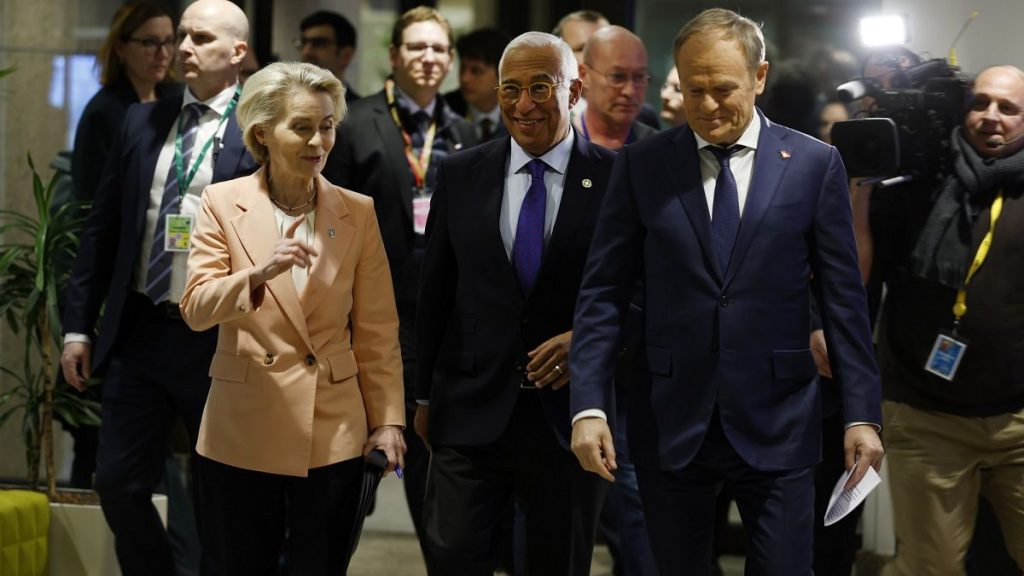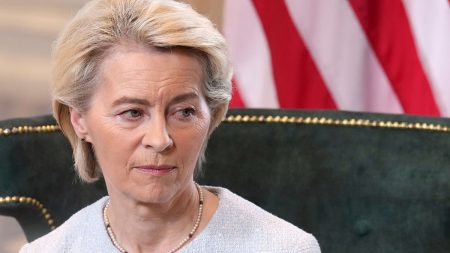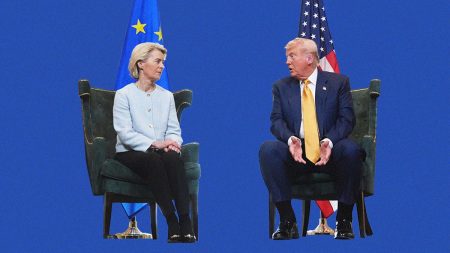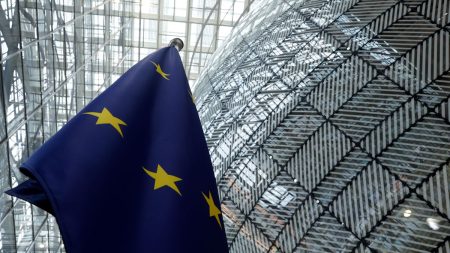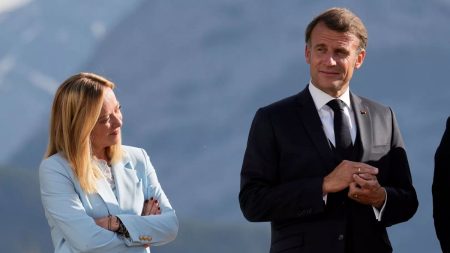Paragraph 1: The EU’s Defence Investment Imperative
The European Union faces a significant defence investment gap, requiring an estimated €500 billion over the next decade. This substantial investment is necessary not only to sustain support for Ukraine but also to bolster the EU’s own defence capabilities after years of underfunding. This imperative is underscored by the evolving geopolitical landscape and the need for the EU to strengthen its strategic autonomy. The current budgetary cycle allocated only a fraction of the required funds to defence, and while the upcoming Multiannual Financial Framework (MFF) negotiations offer an opportunity to increase defence spending, innovative financing solutions are crucial to bridge the gap.
Paragraph 2: Exploring Funding Mechanisms: Internal and External Avenues
EU leaders have initiated discussions on how to address this funding challenge. They have tasked the European Commission with exploring various options, including leveraging the flexibility of the Stability and Growth Pact. This could potentially allow member states to increase their national defence spending without facing penalties under the Pact’s deficit and debt criteria. The Commission is also examining the potential for modifying the European Investment Bank’s (EIB) lending rules to encourage greater investment in defence-related projects, as well as exploring ways to incentivize private European banks to contribute to the financing of the defence sector.
Paragraph 3: Debate on Joint Borrowing and the EU Budgetary Framework
While the Commission’s exploration of these options is underway, the possibility of joint borrowing for defence remains a contentious issue. Some member states support this approach, viewing it as an effective means of pooling resources and funding large-scale defence projects. However, other, more fiscally conservative countries, remain opposed to joint borrowing, preferring to maintain individual control over national spending. This disagreement highlights the need for a consensus-building approach to secure the necessary funding for the EU’s defence ambitions.
Paragraph 4: Leveraging Private Investment and Addressing Taxonomy Challenges
The EU recognizes the potential of private investment in bridging the defence financing gap. European households possess substantial savings, but currently, little of this capital flows into the defence sector. This is partly due to the sector’s classification under the EU’s taxonomy rules, which prioritize sustainable investments. A re-evaluation of the taxonomy’s application to defence could potentially unlock significant private funding. However, this would require careful consideration of the ethical implications and potential risks associated with private investment in the defence industry.
Paragraph 5: Prioritizing Defence Capabilities and Procurement Strategies
Beyond financing, EU leaders are also focusing on prioritizing key defence capabilities. Discussions have centered on areas where the EU can achieve added value, such as air and missile defence, missile and ammunition production, military mobility, and strategic enablers. Simplifying EU procurement rules is also seen as crucial for streamlining defence spending and maximizing efficiency. This involves harmonizing procurement processes across member states and encouraging greater cooperation in joint procurement initiatives.
Paragraph 6: International Partnerships and Strategic Autonomy
The EU recognizes the importance of international partnerships in bolstering its defence capabilities. Cooperation with NATO, the US, and the UK remains essential for ensuring interoperability and coordinating defence efforts. While strategic autonomy remains a key objective for the EU, it does not preclude collaboration with allies. Balancing the pursuit of strategic autonomy with the benefits of international partnerships is a complex challenge that requires careful consideration of both short-term and long-term goals. The EU’s future defence posture will depend on its ability to secure adequate funding, prioritize key capabilities, streamline procurement processes, and forge effective partnerships with like-minded nations.




